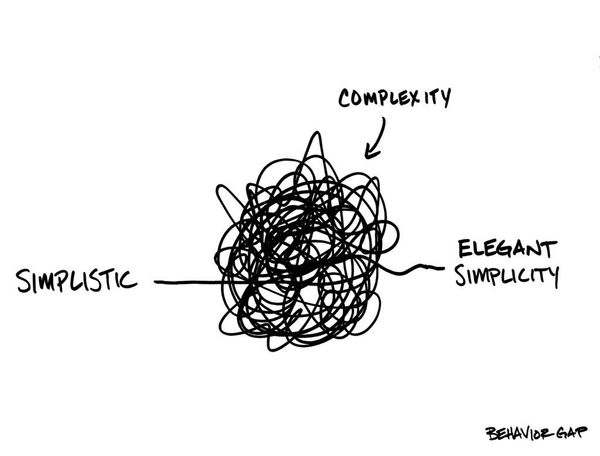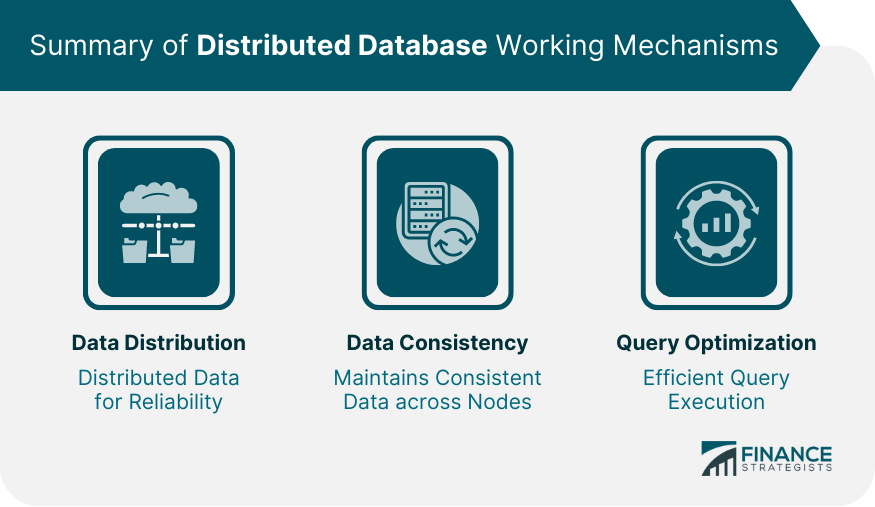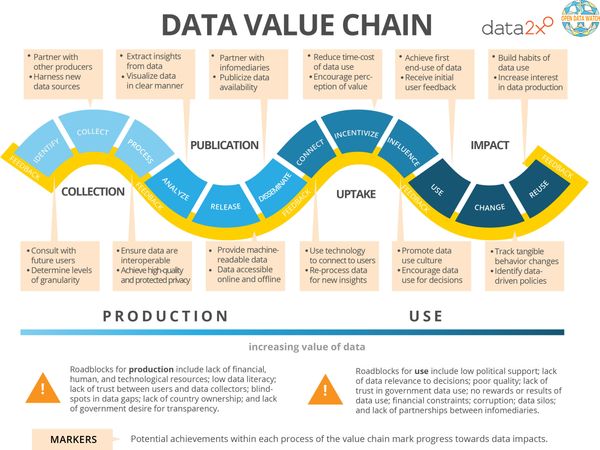Database management has been standardized over the years. Both database providers and third-party developers are building powerful DBMS software. DBAs use the software to monitor the database, fetch data, perform user management, execute operations, and more. Usually, we use specific tools depending on the databases. In this article, we will explore the top tools used worldwide when it comes to managing databases.
1. SQLite Studio
SQLite has gained tremendous popularity as a lightweight DB for edge devices. Popularised by Android, the SQLite database has been proven efficient in many IIOT use cases. A lightweight database such as this needs efficient management software, and that’s what SQLite Studio does.
The SQLite Studio is a cross-platform open-source software. It allows connections to multiple SQLite databases and provides a host of plugins such as code formatting, data importers and exporters, and more.
Image Credit: SQLite Studio Gallary
Why Do DBA’s prefer this tool for SQLite DB?
- Customizations – SQLite Studio allows you to build and run custom scalar and aggregate SQL functions using scripting languages like JavaScript. It also enables DB developers to write custom collation algorithms and allows them to apply it within queries.
- SQL Tools – Provides an advanced SQL editor with formatting tools, code highlighters, and shortcut commands. It also stores SQL execution history and DDL creation history for future access and execution.
- Encrypted DB Support – Along with the ability to connect to multiple different instances of SQLite, this tool also allows us to communicate with its encrypted alternatives like WxSQLite3, System.Data.SQLite, etc.
2. MySQL Workbench
The MySQL Workbench is the most popular software used by individuals and professionals to interact with the MySQL database. MySQL workbench Linux is extremely popular due to the ease of use and multivariate capabilities that we will explore next.
The workbench is capable of allowing DB developers to model databases, design and test SQL queries, and get an overview of the tables as well. DBAs use the MySQL Workbench to perform administrative tasks such as setting up recovery processes, execute data backup orders, configure the MySQL database server, and more.
Image Credit: MySQL Workbench Performance Dashboard
MySQL Workbench also comes with powerful monitoring capabilities. The performance dashboard image above demonstrates this. The dashboards allow database admins to audit the performance metrics during optimization tasks and monitor the changes in real-time.
What are the best features of MySQL Workbench?
- Visual DB Designer – As DBAs, during database optimization processes, we often need to re-design some parts of the database. MySQL Workbench is one of the stand tools that provides a visual designer. It provides an overview along with the various table relationships. We can then use a GUI based approach to design the DB. The most used design features are to build ER diagrams and also reverse engineer database design from tables to get an abstracted view. Finally, it provides a point and click documentation approach using the DBDoc tool.
- Visual Performance Dashboard – We monitor the database metrics to keep a tab on its health. These metrics provide information such as query execution time, resource usage, and we can also identify bottlenecks. Reporting has been integrated with this dashboard. These reports help identify InnoDB metrics, high-cost SQL statements, expensive IO operations, and more.
- Data Migration – Our expertise lies within multiple databases. It often occurs that organizations want to shift their data from one database to another. Migration of large volumes of data needs to be handled effectively and securely. Migration is another domain where the MySQL Workbench is used. Here, we use features such as source and target selections, object migration, and migration plans to create a migration pipeline based on use cases. Movement of data from SQLite, Microsoft SQL Server, Postgres, etc. is something that we handle regularly.
Image Credit: Data Migration with MySQL Database
3. Microsoft SQL Server Management Studio
When it comes to database management of MS SQL, we trust the Microsoft SQL server management studio. It allows top class features to manage, provide access, develop database queries, integrate with cloud services, and more. A single integrated environment allows query editing, taking backups, interacting with other Microsoft SQL products ( Azure SQL, Microsoft SQL Warehouse, etc.).
Image Credit: Microsoft SQL Server ( SSMS)
Top features of SSMS
- The Solution Explorer – Good database management software needs interfaces to interact with multiple projects. SSMS’ solution explorer not only provides that but also other beneficial features such as file management, handling project metadata, managing project settings, and more.
- MSSM Visual Designer – At OptmizDBA, we use visual components wherever possible to demonstrate the tasks we are working on. The visual designer helps DBAs and Database developers easily design and display various MS SQL components like Transact SQL, database tables, and more. The designer helps with transparently transferring our design methodology to our clients by visually demonstrating our designs while being able to modify them.
- Template Explorer – We use templates to save a lot of time while performing database-related tasks. The boilerplate code ensures that we focus only on the components which are dynamic and bound to change. For example, we use a stored procedure template that helps to create many different variants of a similar stored procedure. Here, the template explorer provided by Microsoft SQL Server Studio offers many interfaces to manage templates, instantiate them, group them, and even create a large variety of templates.
How to select Database Management Software?
We have now looked at database management software from top DBs like Microsoft SQL Server, MySQL, and SQLite. However, they are not the only databases out there. So, How can you go about finding the best software for your DB?
Expert DBAs can achieve results irrespective of the database being used. This is because they can easily pick the right tools and use them for performing tasks that are usually similar across databases. Here are some tips to help you choose the right tools:
- Software Maker – Usually, we have found out that the tools from the database manufacturers are the best. The reason for this is that they understand their database capabilities and features very well and design a management software that best suits their DB.
- Software Portability – It’s common to have multiple operating systems in place to work on a remote database server. So, it’s imperative to select a software that works on a range of operating systems so that there is consistency in designing, developing, and maintainability
- Main Features – As a DBA or a developer, we simultaneously work on multiple aspects of the database. The database management software, therefore, needs to support all these features. While evaluating this software, determine the set of features they provide. At bare minimum, it should provide a code editor, administrative console, visualization of the database schema, and basic monitoring service. The features ensure that you don’t rely on multiple software to get your work done.
- Support – For software, various types of support are required. First is the official long term support. Databases change rapidly and the management software needs to keep up. So ensure that there is excellent long term support for it. The second type is the community support. Communities help a lot, especially with open-source software. The software with an outstanding, sizable, active community will always help ensure that the software stays relevant and receives help at times of need. The software that has both types of support would be the best to select.
At OptimizDBA, we use the software mentioned above. We also use the guidelines that we have discussed while evaluating a database management software for the other databases we work with. Tools like these help us to organize, design, develop, and maintain database performance. We also execute various database tasks using them. Thus, it becomes essential to spend good time selecting the best possible software we can use.







